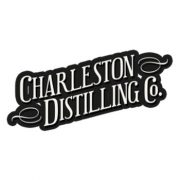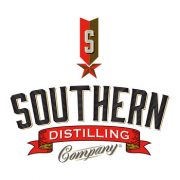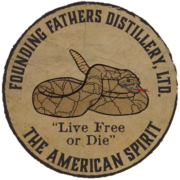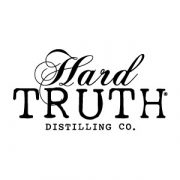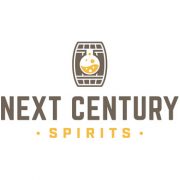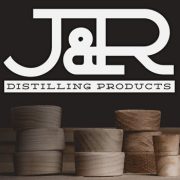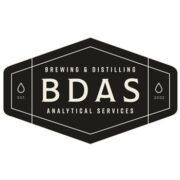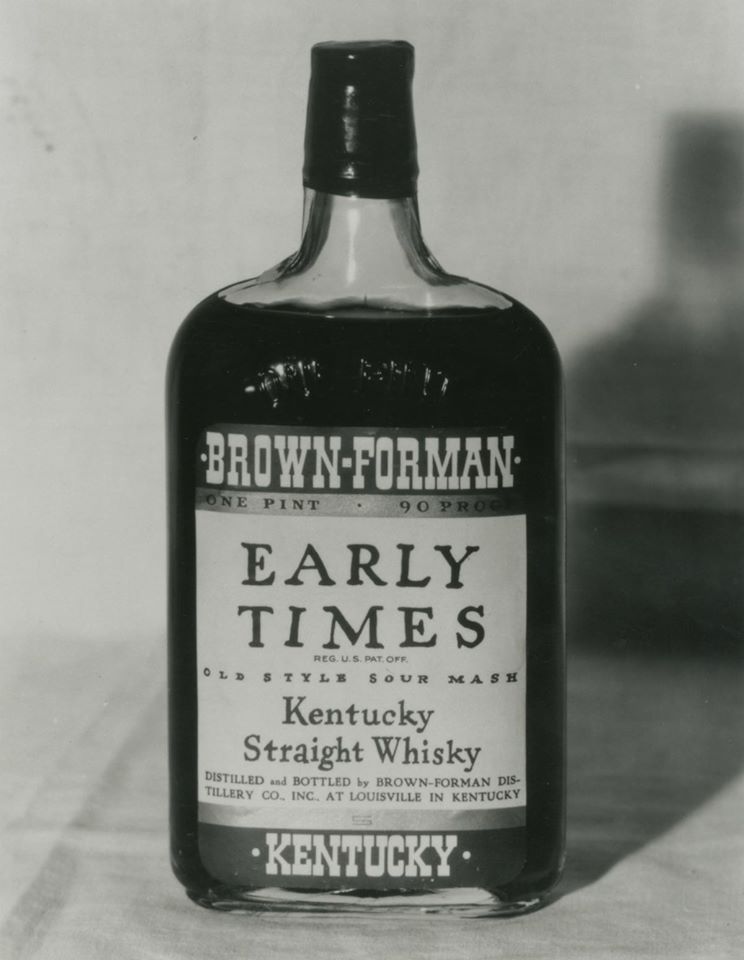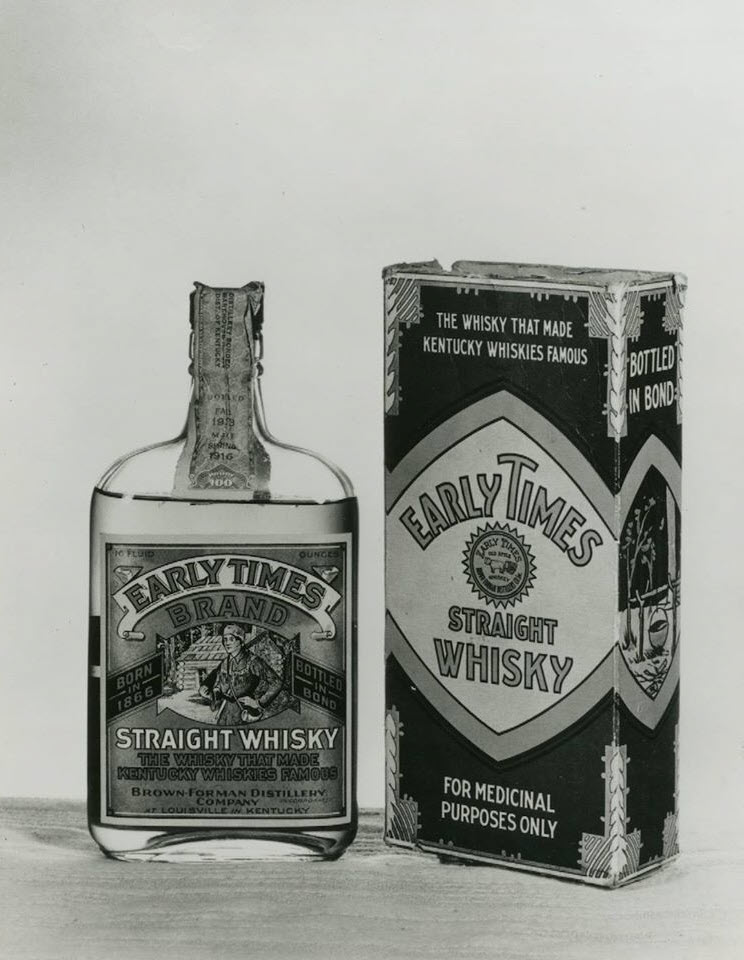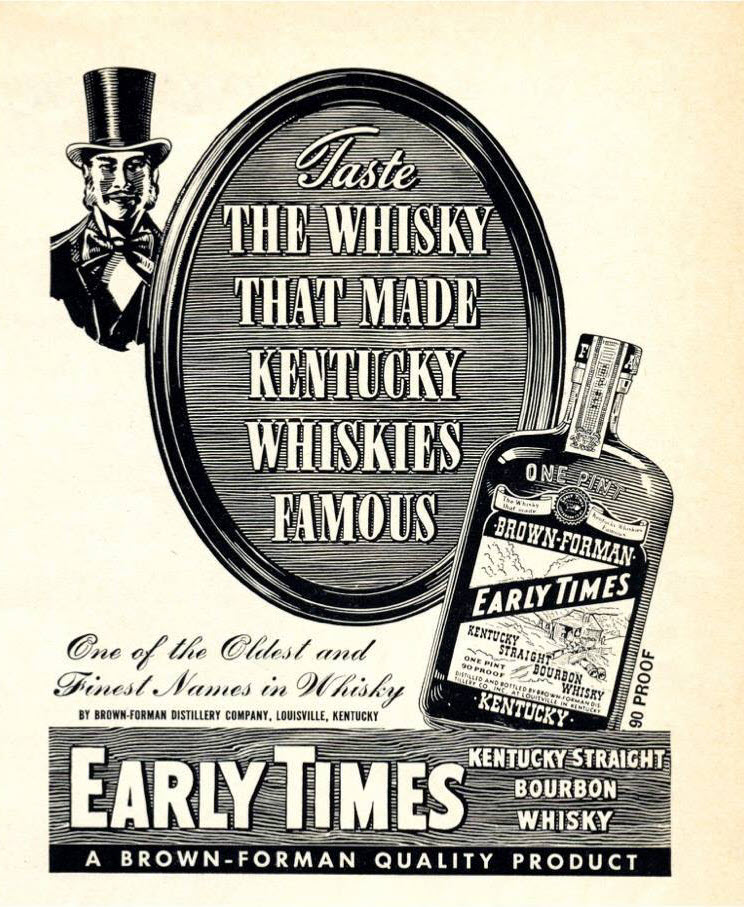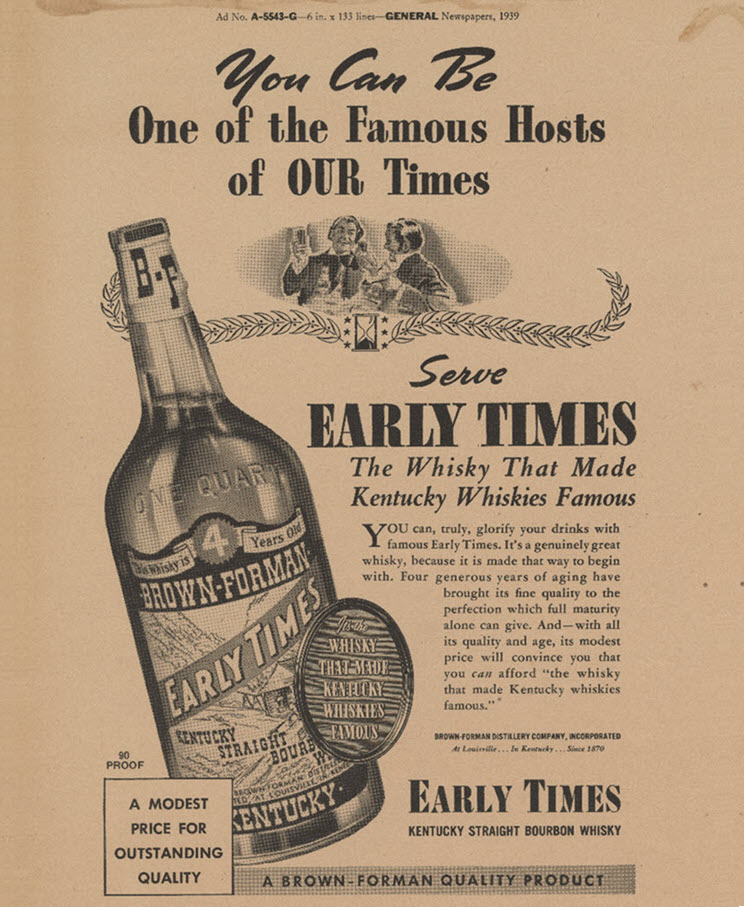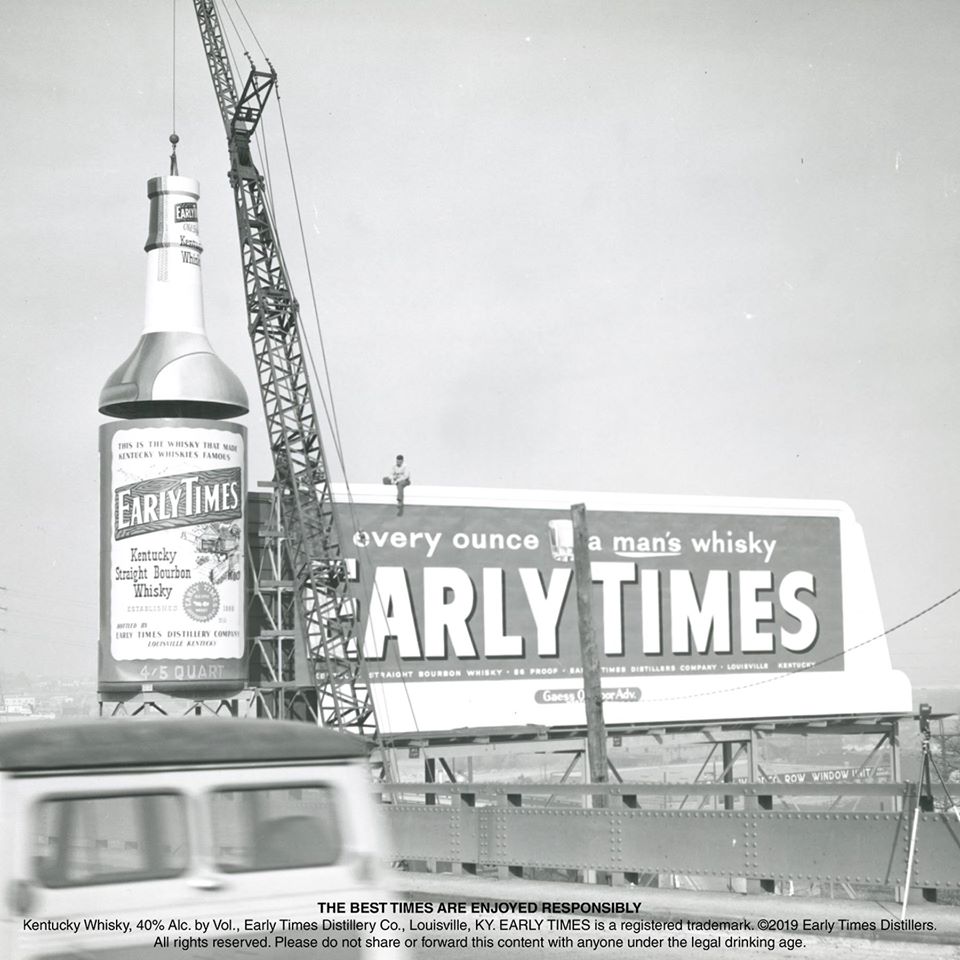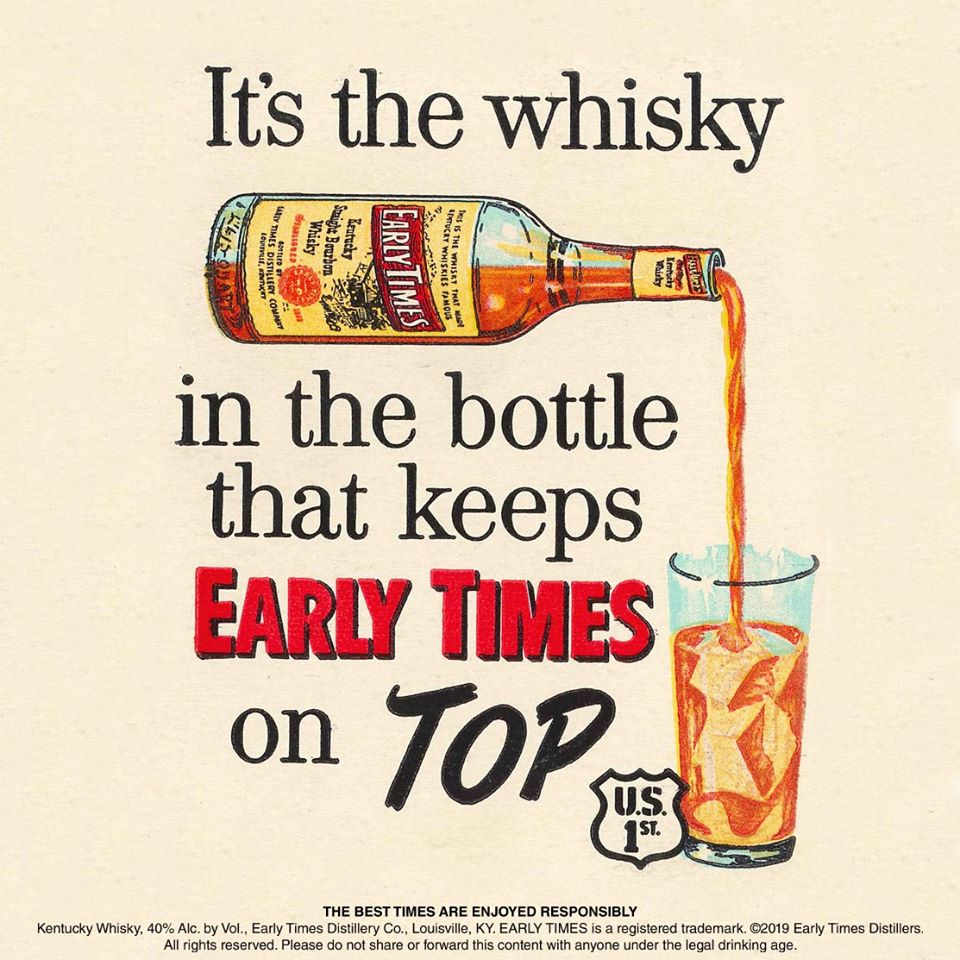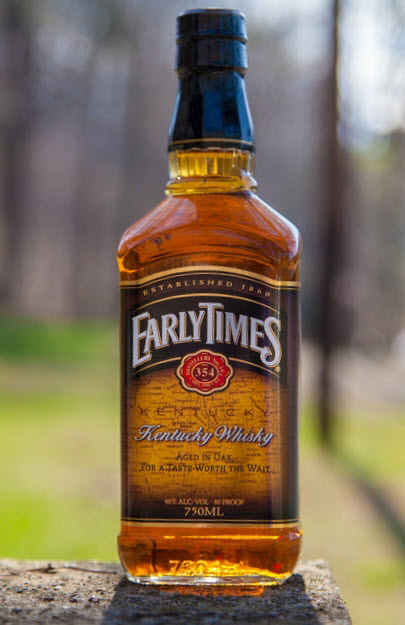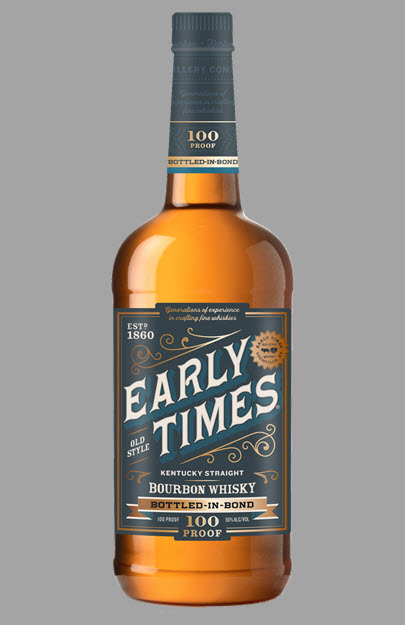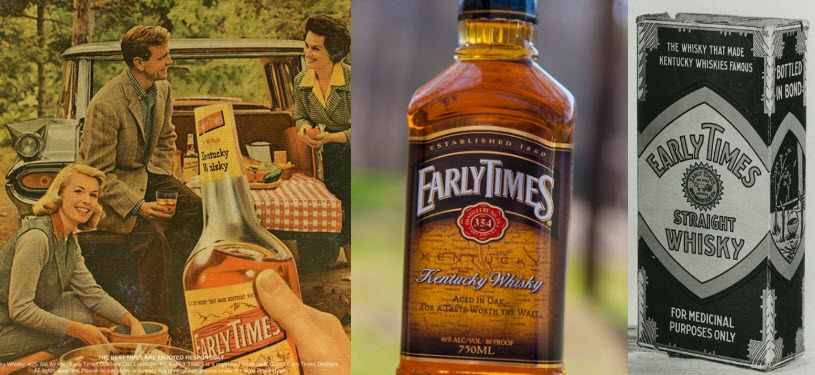
Born and originally distilled in what is now known as the ‘Bourbon Capital of the World’ Early Times Kentucky Whisky was started back in 1860. To help put this into perspective this was about a year before Abraham Lincoln became the 16th President of the United States and 37 years before the Bottled-in-Bond Act became law.
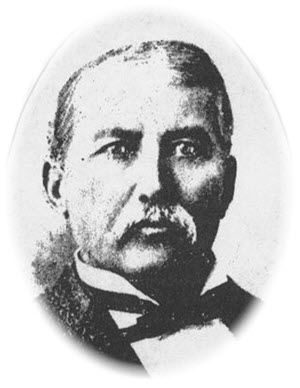
It was 160 years ago that John Henry “Jack” Beam, uncle of Jim Beam, started Early Times at a place called Early Times Station, Kentucky. The story according to Early Times is that this is “The Whisky that made Kentucky Whiskies Famous.”
“160 years is a long time in the whiskey world,” said Dallas Cheatham, Early Times Senior Brand Manager. “It’s a true testament to the long-standing history of the brand and whiskey being part of the American fabric.”
Early Times was originally produced using “the early times method” of whiskey making, which consisted of mashing grain in small tubs and boiling beer and whisky in copper stills over open fires. Jack and his son Edward ‘Ed’ Beam used this method until they both tragically died in 1915. The distillery continued to operate for another three years until 1918 when the 18th Amendment passed thus banning the sale, manufacture and transportation of alcohol for consumption. For five years, barrels of mature Early Times Whisky sat idle in the distillery’s classic iron-clad maturation warehouses until they were called up for medicinal purposes.
Stay Informed: Sign up here for the Distillery Trail free email newsletter and be the first to get all the latest news, trends, job listings and events in your inbox.
Brown-Forman Makes its 1st Acquisition
Once Prohibition went into effect there were only six distilleries in the entire country that were licensed to distribute distilled spirits. They couldn’t make it but they could sell the stocks they had on hand but only for medicinal purposes. Brown-Forman was one of the six. Needless to say if you look historically at the number of prescriptions written I think you would find a major spike occurred back in the roaring 20s when a good chunk of U.S. population was in dire need of medicinal whisky.
As these six companies inventory of aged whisky and spirits dried up they had to reach out to other distilleries that had inventory distilled prior to Prohibition. That is when Owsley Brown, owner of Brown-Forman made his first acquisition when he purchased the inventory and brand for Early Times in 1923.
As Prohibition came to a close in 1933, Brown-Forman geared up to begin distilling Early Times again. To keep up with the brands growth, Brown-Forman acquired the Old Kentucky Distillery, which later became the Early Times Distillery in Louisville, Kentucky, providing the brand a home of its own.
The historic plant, now named the Brown-Forman Distillery, remains the home of Early Times and stands as the longest continuously operating distillery under the same ownership in Kentucky. The distillery is just down the street a few miles from the headquarters for Brown-Forman today.
If you travel through downtown Louisville the headquarters is easy to spot from almost anywhere with its signature Old Forester Kentucky Straight Bourbon water tower that sits 218 feet above the ground. And in case you are wondering, if this water tower was filled with bourbon it would hold the equivalent of 50,472 – 750 ml bottles. Just let that soak in for a minute.
Post WWII Early Times Offered Many Expressions
As the country recovered from WWII, distribution of Early Times spread nationwide. To meet a wide and diverse array of markets and consumers, Early Times offered expressions in a range of proof levels and ages. As you browse through some of the vintage Early Times advertisements you’ll see the brand bounced back and forth between a Kentucky Whisky and a Kentucky Straight Bourbon Whisky.
As whiskey popularity grew, Early Times was one of the first brands to recognize and capitalize on the mixability of bourbon and cocktail trends, which led it to become the No. 1 selling Kentucky Bourbon in America in 1953.
Q: Is Early Times Bourbon or Whisky? A: Yes.
There’s an old saying that all bourbon is whisky but not all whisky is bourbon. That saying holds true today but in the case of Early Times there is a version that is a whisky and a version that is a bourbon, a Bottled-in-Bond version in fact. Got it?
“It’s amazing to see how many generations of families have had this brand on their bar,” said Brown-Forman Historian and Storyteller, Tim Holz. “With its rich history and deep connections to Kentucky’s distilling heritage, Early Times has played a key role in the American Whiskey category throughout its 160 years.”
In 1945, Early Times Bottled-In-Bond Bourbon was introduced adhering to the U.S. Bottled-in-Bond Act of 1897 which requires bourbon to be the product of one distillation season, one distiller from one distillery and aged at least four years in secured federal warehouses, while bottled at 100 proof. As bourbon and brown spirits fell out of favor this was eventually discontinued. In 2017, Early Times reintroduced Bottled-In-Bond Bourbon as a legacy expression and a nod to Early Times’ storied history and heritage of quality.
What’s the difference between Early Times Whisky and Early Times Kentucky Straight Bourbon Whisky?
The Early Times brand has grown to become a whiskey staple since its founding in 1860. Today, it’s sold in over 40 countries and is the 7th largest unflavored whiskey in the United States.
View all Kentucky Distilleries.
Please help to support Distillery Trail. Sign up for our Newsletter, like us on Facebook and follow us on Twitter.

